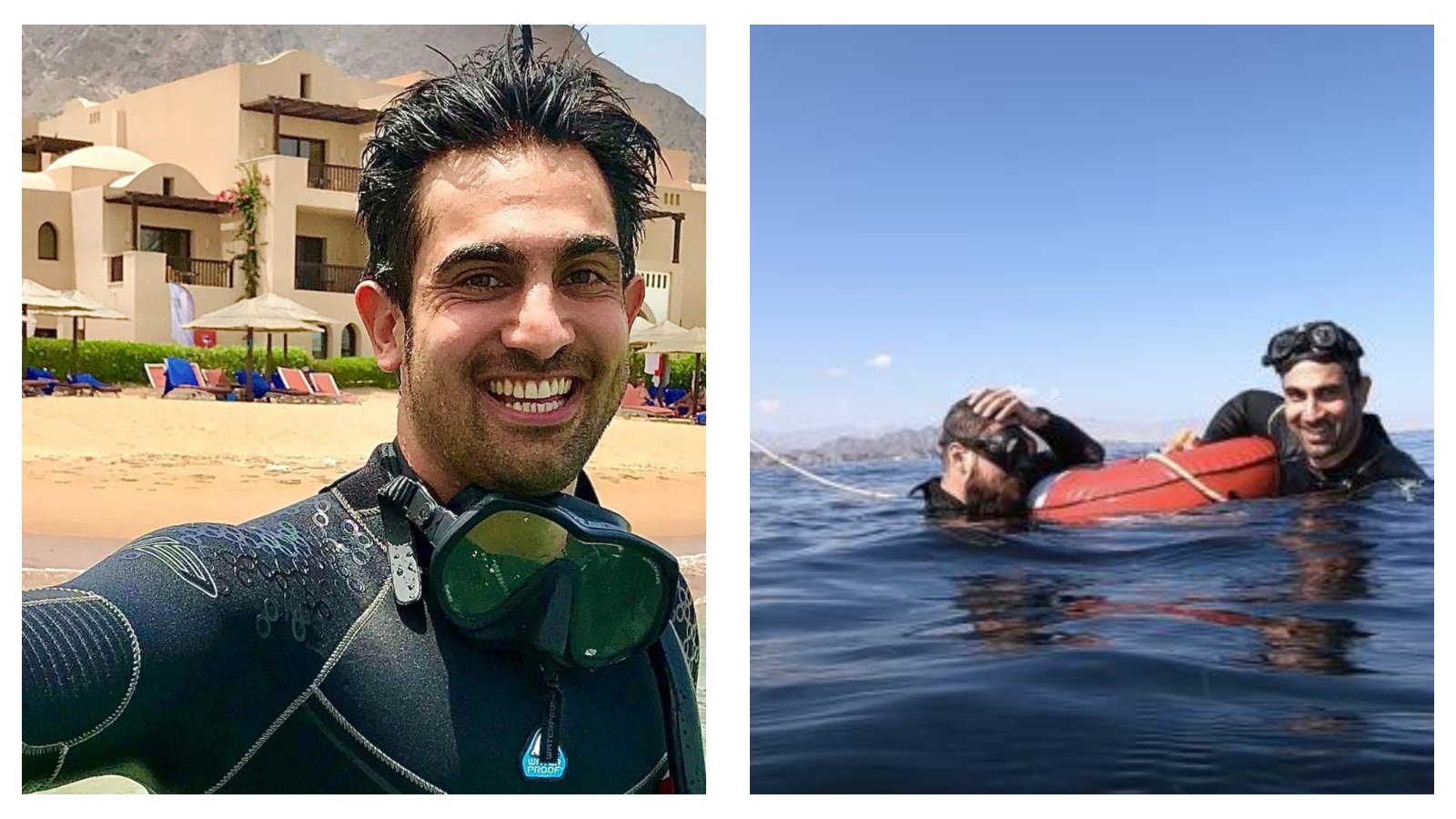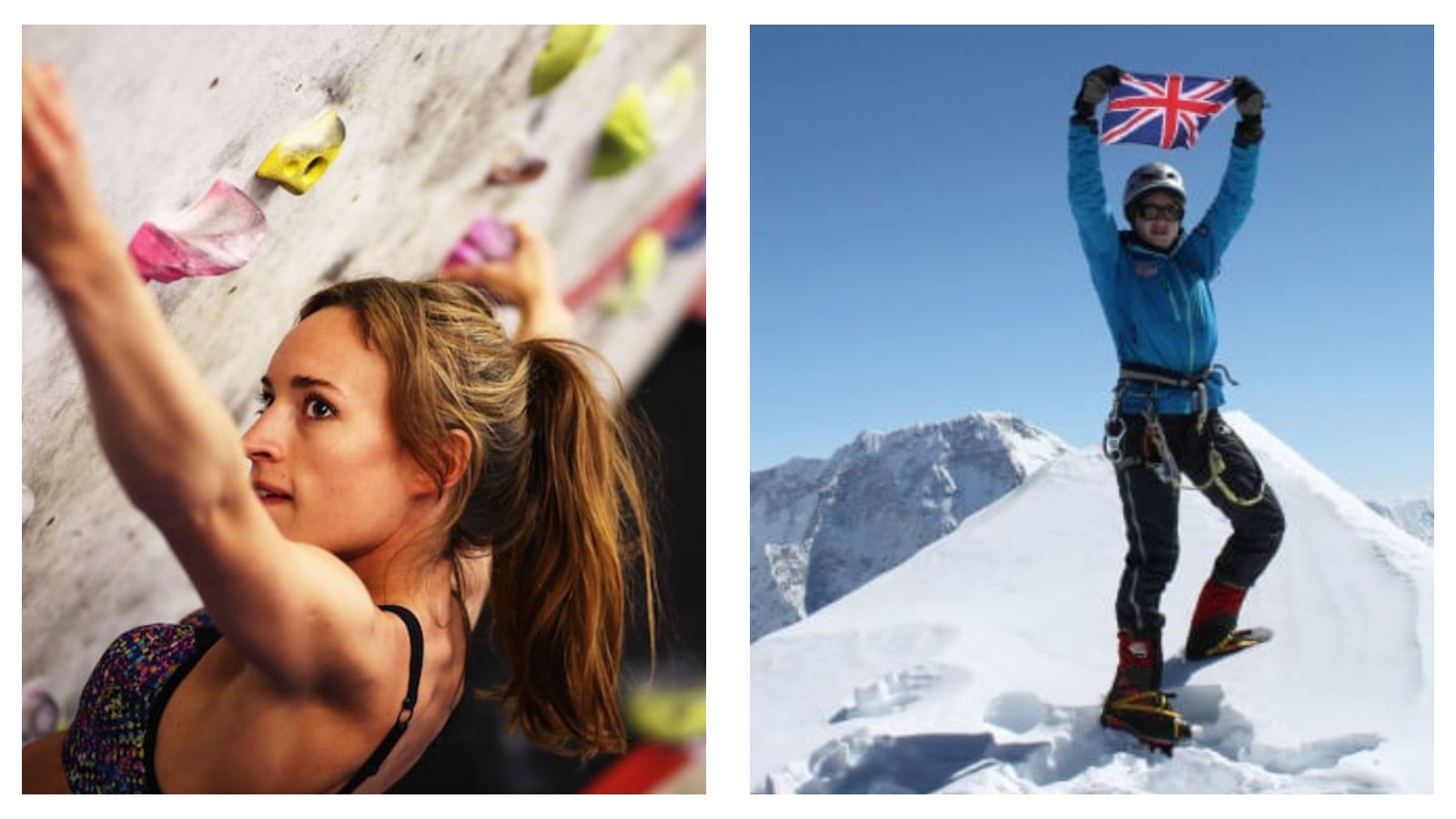What space taught me about life on Earth: An interview with astronaut Claude Nicollier
Claude Nicollier stands as one of the most respected Astronaut and Aerospace speakers of our time.
As the first Swiss astronaut and a veteran of four space missions with NASA and the European Space Agency, Claude has witnessed Earth from orbit, repaired the Hubble Space Telescope, and contributed to building the International Space Station.
With a background in astrophysics and a career spanning decades of pioneering spaceflight, he offers a rare perspective on what it means to explore the cosmos - not just as a scientist, but as a human being.
In this exclusive interview with The Champions Speakers Agency, Claude shares his reflections on life in orbit, the evolving goals of global space agencies, and the personal items that reminded him of home while floating hundreds of kilometres above Earth.
His story is one of precision, perseverance, and the deep emotional connection astronauts form with our planet.
Q: Beyond mission objectives, how would you describe the emotional and visual experience of viewing Earth from orbit?
Claude Nicollier: “What is it like to see Earth from orbit? Of course, you go there mainly to accomplish the mission objective, as mentioned before.
“In fact, I would say the satisfaction you got from a space flight, from a shuttle flight - which was a relatively short flight, about 10 days, with a clear, as I mentioned before, clear but hard-to-reach objective - the main satisfaction was reaching the goal of the mission.
“But, of course, there are a lot of side aspects of the mission which are wonderful, and seeing the Earth is definitely one of them.
“Whenever we had a little bit of free time, of course, we had our head on the window. The shuttle had two very large overhead windows in the aft cockpits - pretty large, large windows, about 60 by 60 centimetres, very good optical quality.
“Sometimes these windows, depending on who you are, were oriented to the sky. And the sky is basically black during the day. But, of course, it’s full of stars during the night. I say black during the day because, as long as we have the sun somewhere above the horizon, your eyes are on day mode.
“They don’t have the sensitivity to see the stars. But if the overhead windows were down to the Earth, because we had a magnificent view of the Earth - whether it was during the day or during the night - and whenever we had some free time, we were at the window to look at stars or to look at the Earth.
“And, you know, you go around the Earth in an hour and a half. So, you have 16 sunrises and 16 sunsets during one terrestrial day of 24 hours. So, if you like sunrises and sunsets, you have to go into space.”
READ MORE: Charting the unknown: Paris Norriss on resilience, risk and the power of storytelling
Q: With human spaceflight evolving rapidly, what is your perspective on the next frontier for exploration beyond low Earth orbit?
Claude Nicollier: “OK, you know, the Apollo programme was from the early 60s. The first landing was in '69 until 1972. And, of course, it went to the Moon six times, landed on the Moon.
“Each time we had two people who walked on the Moon. So, that was, of course, a wonderful programme.
“And it demonstrated a huge capability in the US as a response to the first successes of the Soviets in space.
“You know that the US had to respond, and they responded through the Apollo programme, which was magnificent. But since the end of the Apollo programme—Apollo 17 was in December '72—we have gone to space many times, but on low Earth orbit.
“It was very useful to do that because what we did on the space shuttle, you know, we had the Hubble Space Telescope, which we deployed and did repair work in the space environment on five occasions. And that was, and still is, a wonderful programme.
“We assembled the International Space Station. The International Space Station has been used successfully since 2011 to do science in low Earth orbit, mainly in the zero-gravity environment. But this is all close to the Earth. The idea is now to return to far-away destinations.
“First, the Moon, that so-called Artemis programme. It was launched by the US, but there would be participation of Europe, Canada and Japan.
“So, Moon by 2025 for the first landing on the South Pole of the Moon, but then the establishment of the Moon base in that same location, the South Pole of the Moon, by about 2028 or '29.
“So, you know, that's the near-term future of human space flight. Of course, with the robots, we go to Mars and to other destinations in the Solar System for a long time.
“We do a lot of exploration of the Solar System with robots and probes. But human beings have never been beyond the Moon and have not gone to the Moon for the last few decades since the end of the Apollo programme.
“We'll go back there in a few years from now, and the goal is eventually to go to Mars - a human space flight to Mars - maybe in the '30s. In 10 to 15 years from now, we should be able to go to Mars.
“So, this is the future of human spaceflight. We'll continue going to low Earth orbit because it's very useful, but we'll also go to faraway destinations.”
YOU MAY ALSO LIKE: Beyond the summit: Bonita Norris on fear, focus and finding strength in the climb
Q: Space missions can be intense and high-pressure. Were there any personal mementos or comforts you brought with you to help stay grounded during your time in orbit?
Claude Nicollier: “Did you ever take any home comforts to space? I had one very precious notebook where I had a lot of information that was accumulated during the training, and I took a lot of notes.
“In this notebook, there were always pictures and drawings - pictures of my family and drawings from my daughters that were given to me shortly before I left.
“I always had home comforts. But you see, our missions were short, typically 10 days. And if you don’t see your family for 10 days, but we had a possibility of contact with them during the mission, it’s OK.
“For the ones who stay for six months in space or the ones who would go to Mars for two and a half years, that's going to be much more important.
“For us, I had some, and it was very precious. It was not so much because of the duration of the time, but it was, you know, the pressure that you had during the mission.
“Going into space is living under wonderful conditions. And again, I mentioned the beauty of the Earth and so on. But it still is life under pressure for a few days, no doubt about that.
“Yeah, I had some home comforts and my family has always been very, very, very dear to me. And it was good to have these pictures and drawings from my daughters.”
This exclusive interview with Claude Nicollier was conducted by Sophia Hayes of The Motivational Speakers Agency.
READ NEXT: Challenging limits, changing lives: Amar Latif's journey through sightless travel



